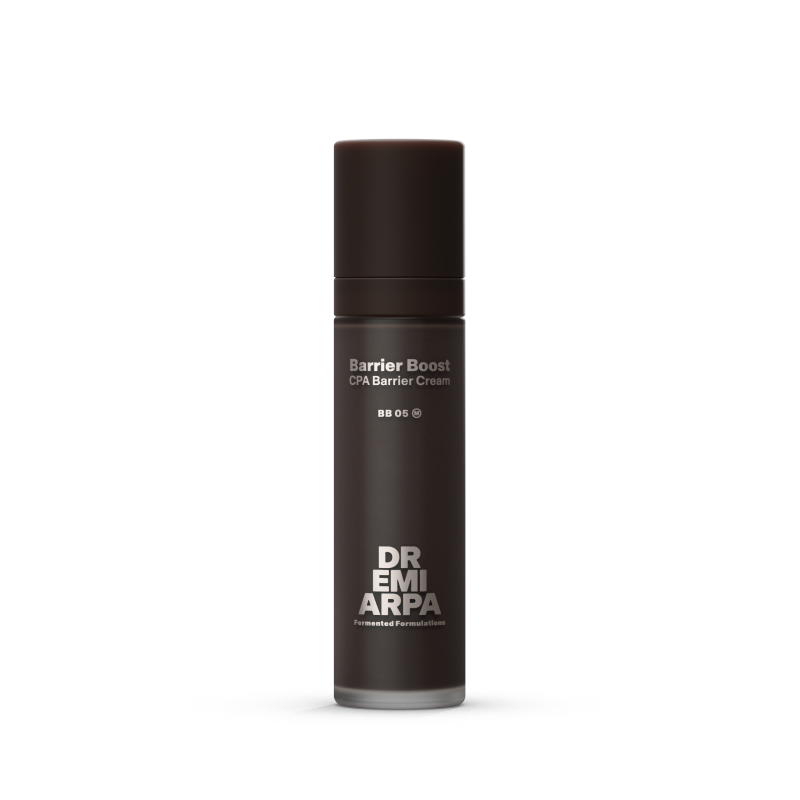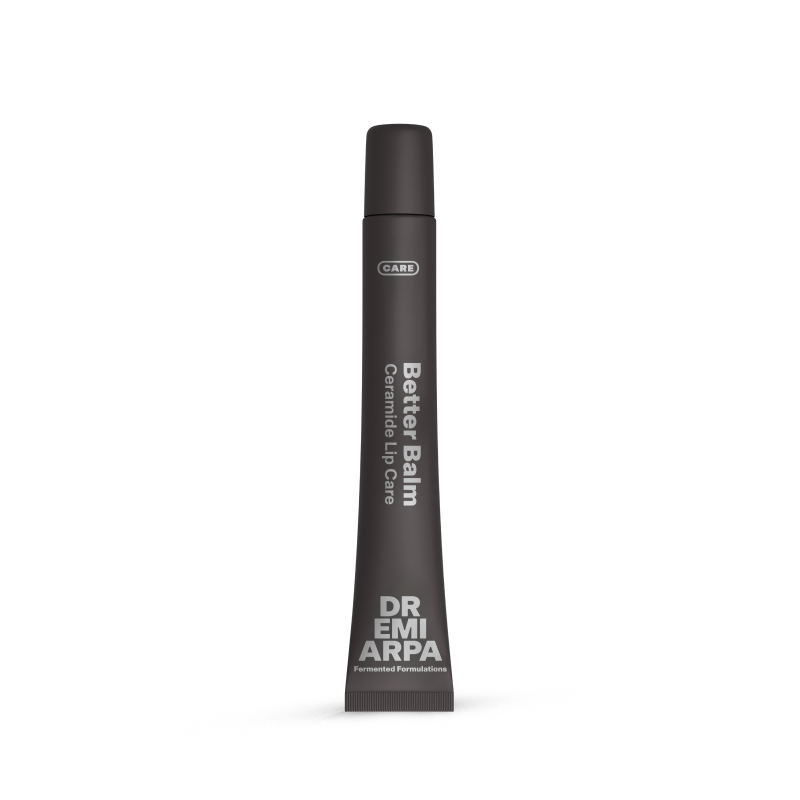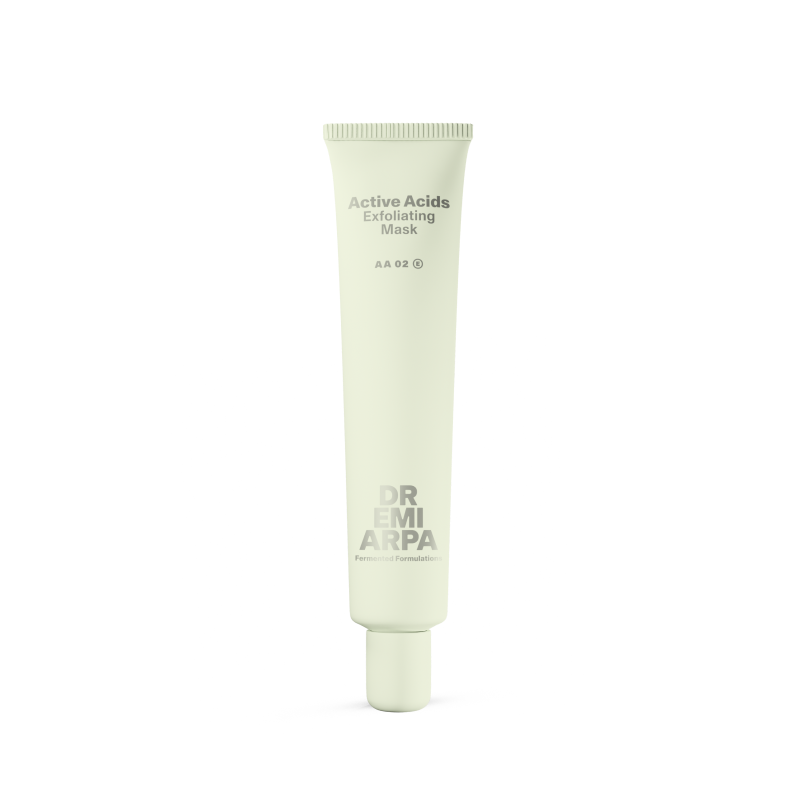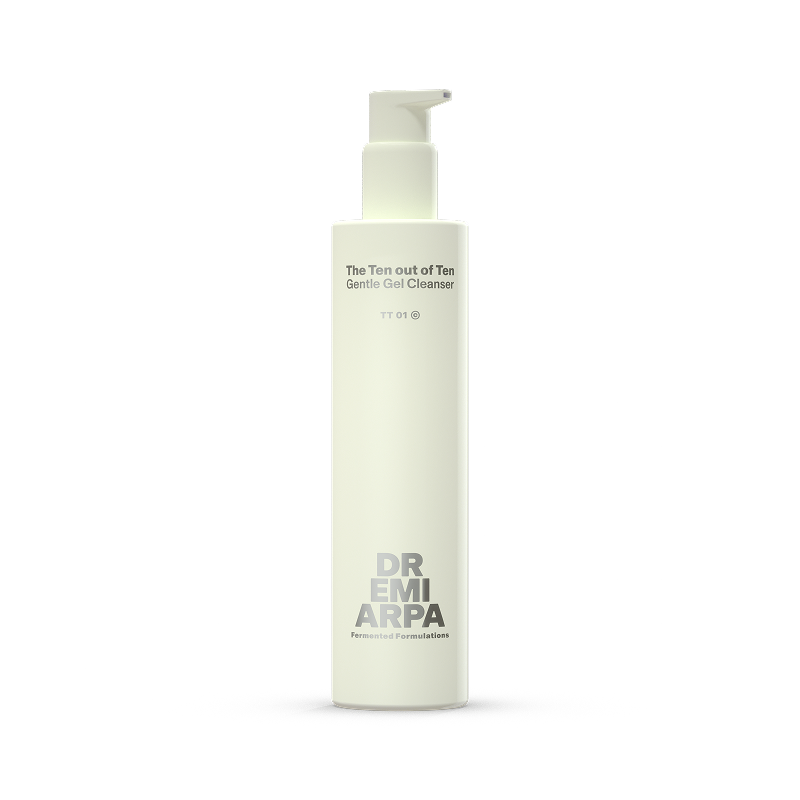CERAMIDE
Share
Ceramides are among the most important dermal sphingolipids, which are part of the skin's own fats. They make up about half of the stratum corneum lipids.
Ceramides have numerous structural and biological functions in the human epidermis, for example, they are involved in preventing transepidermal water loss. In addition, ceramides regulate processes such as cell division and differentiation of keratin-forming cells (keratinocytes). (1)
Ceramides are differentiated by the length of their bound fatty acid or the sphingoid base structure into, for example, Ceramide AP, Ceramide NP, or Ceramide EOP. (1)
A study found that the facial skin of patients with mild to moderate acne vulgaris contained a significantly lower percentage of ceramides and sphingosines, while the transepidermal water loss was significantly increased compared to healthy controls. (2)
In vitro studies also showed that phytosphingosine inhibits the growth of bacteria, including Cutibacterium acnes, and subsequent in vivo investigations confirmed the antimicrobial properties by a significant reduction in the total germ count on unwashed hands. (1)
(1) Borodzicz, S., Rudnicka, L., Mirowska-Guzel, D. et al. The role of epidermal sphingolipids in dermatologic diseases. Lipids Health Dis 15, 13 (2016). https://doi.org/10.1186/s12944-016-0178-7
(2) Yamamoto, A., Takenouchi, K., & Ito, M. (1995). Impaired water barrier function in acne vulgaris. Archives of dermatological research, 287(2), 214–218. https://doi.org/10.1007/BF01262335






